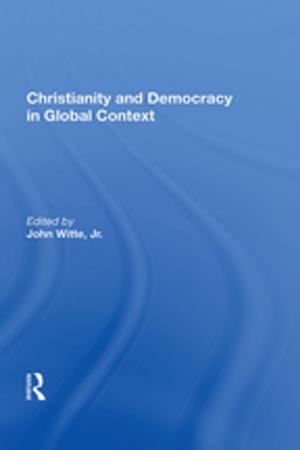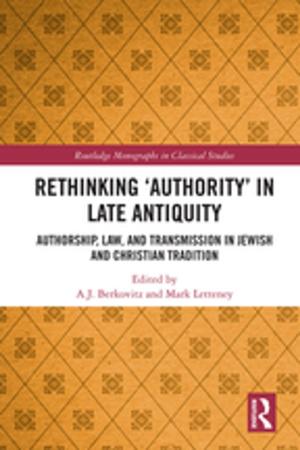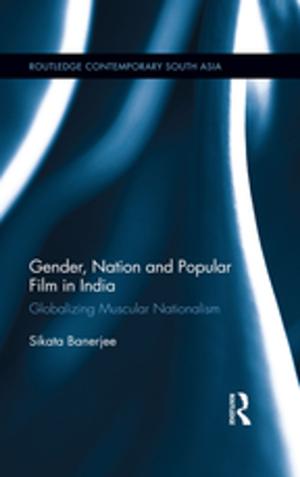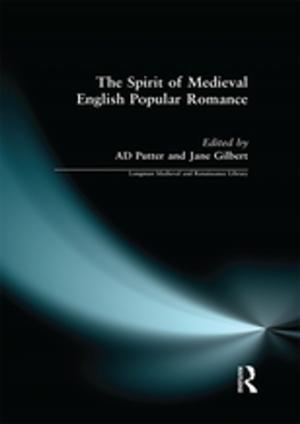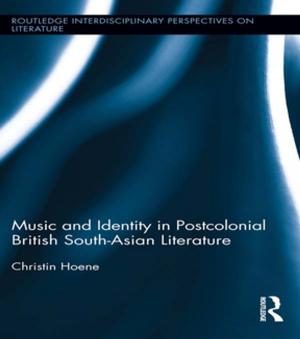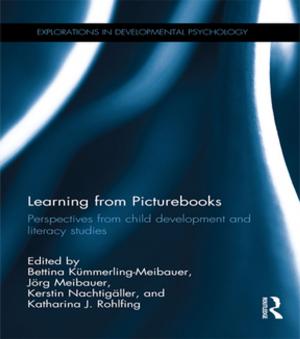Ethnicity and Urban Life in China
A Comparative Study of Hui Muslims and Han Chinese
Nonfiction, Social & Cultural Studies, Social Science, Sociology, Urban, Cultural Studies, Ethnic Studies| Author: | Xiaowei Zang | ISBN: | 9781134103003 |
| Publisher: | Taylor and Francis | Publication: | April 13, 2007 |
| Imprint: | Routledge | Language: | English |
| Author: | Xiaowei Zang |
| ISBN: | 9781134103003 |
| Publisher: | Taylor and Francis |
| Publication: | April 13, 2007 |
| Imprint: | Routledge |
| Language: | English |
This much-needed work on ethnicity in Asia offers a major sociological analysis of Hui Muslims in contemporary China. Using both qualitative and quantitative data derived from fieldwork in Lanzhou between March 2001 and July 2004, it looks at the contrast between the urban life of the Han people, the ethnic majority in the city of Lanzhou, and the Hui people, the largest ethnic minority in the city, and assesses the link between minority ethnicity and traditional behaviour in urban sociology and research on ethnic groups of China.
In-depth interviews and survey data provides a fresh perspective to the study of ethnic behaviour in China, and offers a rich account of Hui behaviour in seven aspects of urban life: neighbouring interaction, friendship formation, network behaviour, mate selection methods, spouse choice, marital homogamy, and household structure.
Contributing to the global discourse on Islam, religious fundamentalism and modernity, this book will be invaluable to anyone interested in Chinese society, Islam, religion, development, urban studies, anthropology and ethnicity.
This much-needed work on ethnicity in Asia offers a major sociological analysis of Hui Muslims in contemporary China. Using both qualitative and quantitative data derived from fieldwork in Lanzhou between March 2001 and July 2004, it looks at the contrast between the urban life of the Han people, the ethnic majority in the city of Lanzhou, and the Hui people, the largest ethnic minority in the city, and assesses the link between minority ethnicity and traditional behaviour in urban sociology and research on ethnic groups of China.
In-depth interviews and survey data provides a fresh perspective to the study of ethnic behaviour in China, and offers a rich account of Hui behaviour in seven aspects of urban life: neighbouring interaction, friendship formation, network behaviour, mate selection methods, spouse choice, marital homogamy, and household structure.
Contributing to the global discourse on Islam, religious fundamentalism and modernity, this book will be invaluable to anyone interested in Chinese society, Islam, religion, development, urban studies, anthropology and ethnicity.



